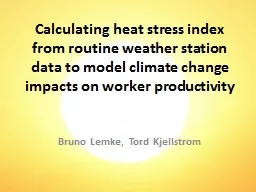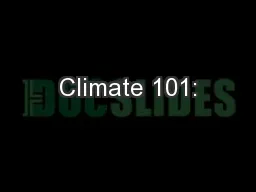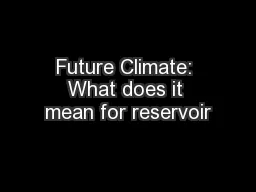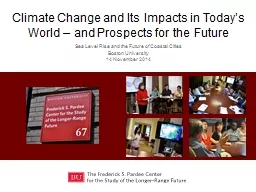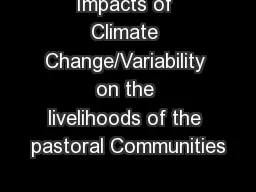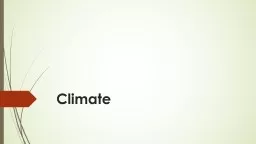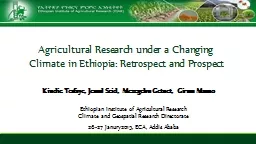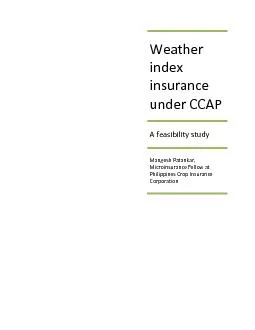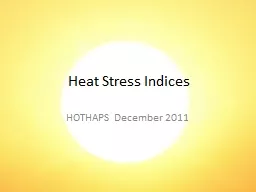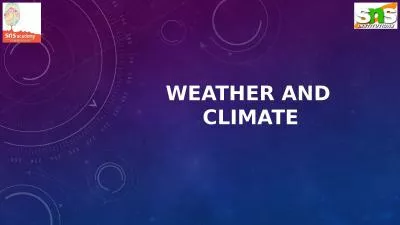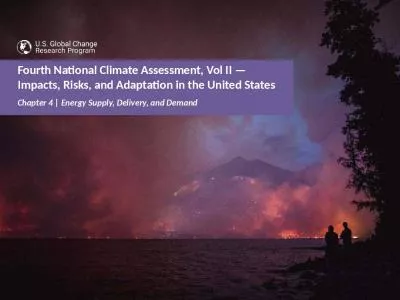PPT-Calculating heat stress index from routine weather station data to model climate change
Author : stefany-barnette | Published Date : 2018-11-18
Bruno Lemke Tord Kjellstrom Quantifying Climate Change Climate change will increase temperatures in most places around the world in the coming decades Temperatures
Presentation Embed Code
Download Presentation
Download Presentation The PPT/PDF document "Calculating heat stress index from routi..." is the property of its rightful owner. Permission is granted to download and print the materials on this website for personal, non-commercial use only, and to display it on your personal computer provided you do not modify the materials and that you retain all copyright notices contained in the materials. By downloading content from our website, you accept the terms of this agreement.
Calculating heat stress index from routine weather station data to model climate change: Transcript
Download Rules Of Document
"Calculating heat stress index from routine weather station data to model climate change"The content belongs to its owner. You may download and print it for personal use, without modification, and keep all copyright notices. By downloading, you agree to these terms.
Related Documents

